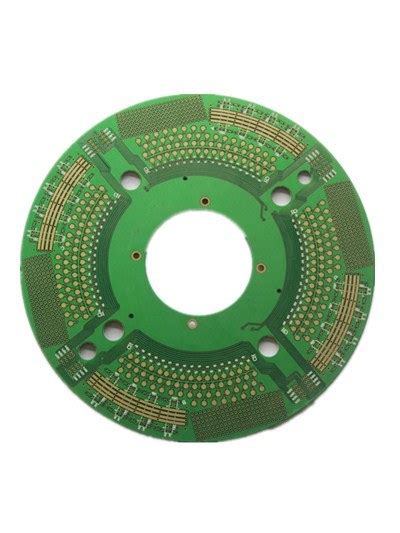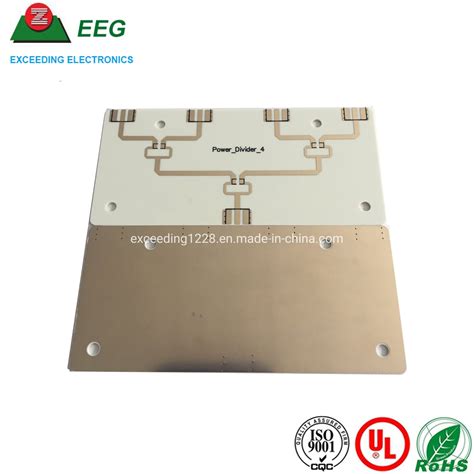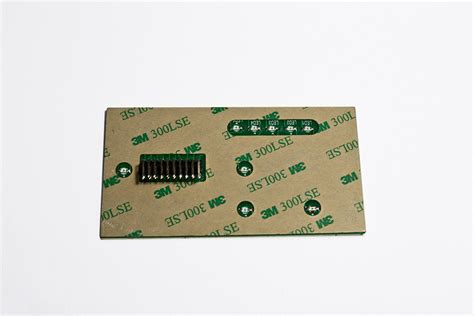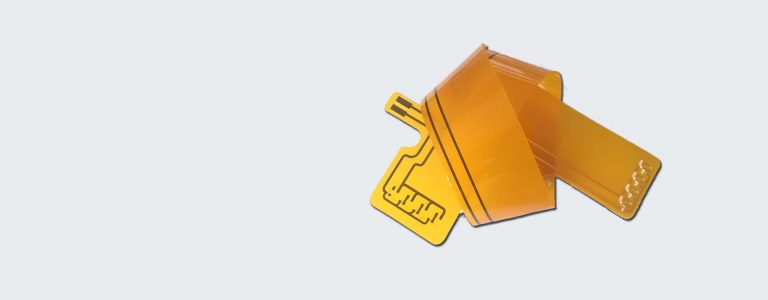The shape and size design standards of pads in PCB design
I. Types of pads
In general, pads can be divided into 7 categories, which are distinguished by shape as follows
- Square pads – often used when the components on the printed board are large and few, and the printed wires are simple. When making PCBs by hand, this type of pad is easy to implement.
- Round pads – widely used in single- and double-sided printed boards with regular arrangement of components. If the density of the board allows, the pads can be larger so that they will not fall off during welding.
- Island pads – the connection between pads is integrated. It is often used in vertical irregular arrangement installation. For example, this type of pad is often used in tape recorders.
- Teardrop pads – often used when the traces connected to the pads are thin to prevent the pads from peeling and the traces from being disconnected from the pads. This type of pad is often used in high-frequency circuits.
- Polygonal pads – used to distinguish pads with similar outer diameters but different apertures, which is convenient for processing and assembly.
- Oval pads – This type of pad has enough area to enhance the anti-peeling ability and is often used for dual in-line devices.
- Open pads – often used to ensure that the pad holes of manual soldering are not sealed by solder after wave soldering.
- Design standards for the shape and size of pads in PCB design
- The minimum single side of all pads is not less than 0.25mm, and the maximum diameter of the entire pad is not more than 3 times the diameter of the component aperture.
- The spacing between the edges of the two pads should be greater than 0.4mm as much as possible.
- In the case of dense wiring, oval and oblong connection pads are recommended. The diameter or minimum width of the single-sided pad is 1.6mm; the weak current line pad of the double-sided board only needs the hole diameter plus 0.5mm. If the pad is too large, it is easy to cause unnecessary soldering. The pad with an aperture of more than 1.2mm or a pad diameter of more than 3.0mm should be designed as a diamond or plum blossom pad.
- For plug-in components, in order to avoid copper foil breakage during welding, the connection pads on one side should be completely covered with copper foil; and the minimum requirement for double-sided boards should be teardrops.
- All machine-inserted parts should be designed as drip pads along the bend direction to ensure that the solder joints at the bend are full.
- Pads on large-area copper foils should use daisy-shaped pads to avoid cold soldering. If there are large-area ground and power line areas on the PCB (area exceeding 500 square millimeters), windows should be opened locally or designed as grid filling. As shown in the figure:

2.Requirements for pads in PCB manufacturing process
- Test points should be added to the ends of the chip components that are not connected to the plug-in components. The diameter of the test points is equal to or greater than 1.8mm, so as to facilitate online tester testing.
- If the IC foot pads with dense foot spacing are not connected to the hand plug-in pads, test pads need to be added. If it is a chip IC, the test points cannot be placed in the chip IC silk screen. The diameter of the test point is equal to or greater than 1.8mm, so as to facilitate online tester testing.
- For pads with a spacing less than 0.4mm, white oil must be applied to reduce continuous soldering during wave crest.
- Tin leads should be designed at both ends and ends of the patch components. The width of the tin lead is recommended to be 0.5mm, and the length is generally 2 or 3mm.
- If there are hand-soldered components on a single-sided board, the tin tank should be opened in the opposite direction of the tinning direction. The width of the hole should be 0.3MM to 1.0MM
- The spacing and size of the conductive rubber button should be consistent with the actual size of the conductive rubber button. The PCB board connected to it should be designed as a gold finger, and the corresponding gold plating thickness should be specified.
- The size and spacing of the pads should be exactly the same as the size of the patch components







